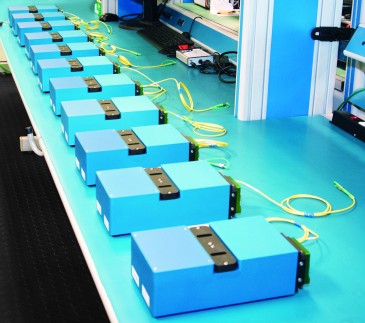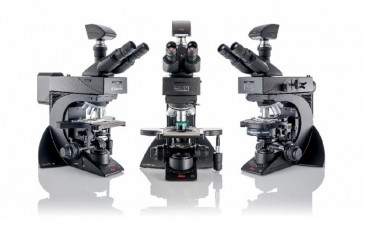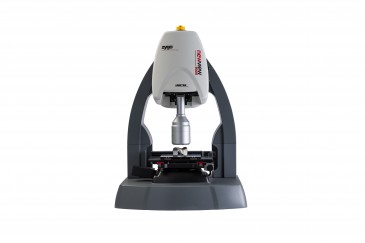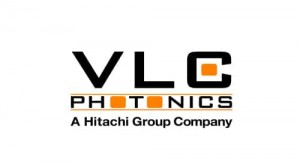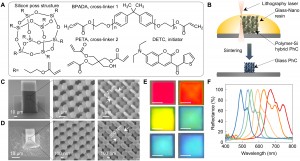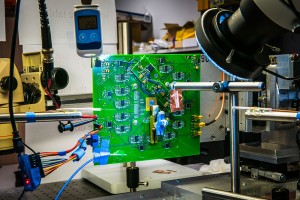
Engineers at the California Institute of Technology (Caltech) have designed an entirely different kind of camera by replacing the lenses with an ultra-thin optical phased array (OPA), which manipulates incoming light to capture an image.
Out with the optics
With the new camera design, an optical phased array receiver creates a thin surface that can look in a clearly defined, desired direction and measure the amount of light arriving from that particular bearing. This direction can be controlled and changed extremely fast, purely electronically, without the need for any mechanical movement. “This ‘gazing beam’ can be scanned across the field of view — or any desirable subset of it — to form an image,” explains principal investigator Ali Hajimiri, Bren Professor of Electrical Engineering and Medical Engineering in Caltec’s Division of Engineering and Applied Science. “Doing this allows us to replace all the optics in the system, be it lenses, mirrors, diffraction devices and, perhaps even more importantly, to eliminate the depth of focus necessary in such systems, enabling a true lensless camera, with micron-level thickness.”
Optical phased array explained
But what exactly is an OPA? As the expert elaborates, an optical phased array (OPA) is a device that uses adjustable timing to employ constructive and destructive interference in different directions to create amplification in certain directions and attenuation in others. In an OPA transmitter, multiple small signal sources generate light with well-defined phases with respect to each other, which results in the creation of a concentrated beam of energy traveling in a given direction. “The beauty of this concept lies in the fact that by controlling the relative timing of the signals — for example, by changing the signal phase — the beam can be steered electronically in different directions,” Hajimiri notes. By scanning the beam rapidly enough, it is possible to project images, and this was the basic principle we used in our lensless projector based on an OPA transmitter.”
The professor goes on to describe that an OPA receiver operates in a similar fashion but in reverse, meaning it can look in specific directions forming a “gazing beam” that can be electronically and very rapidly steered to form an image by scanning the field of view.
Hajimiri confirms that his team’s research has truly broken new ground with this technology: “This is the first time that an optical synthetic aperture with very small thickness is shown to image without any focal length or additional optics,” he says.
Benefits of a lensless camera
According to the expert, the advantages of not having a lens in a camera are in fact numerous. “The camera’s size is often dominated by its optics and focal length,” he says. Thus, this innovation coming out of Caltec is now making it possible to design truly flat and, more importantly, extremely thin sheets that can act as a camera. “It can reduce the size, weight, and cost of imaging devices significantly and change the nature of imaging qualitatively,” Hajimiri says about his team’s invention.
Extreme slim-down
“Cameras have always had significant thickness,” Hajimiri notes. “In fact, the word camera means a room or vault in Latin.” Until now camera technology has always required considerable thickness. “We have eliminated this thickness,” reports the professor. “Furthermore, the ability to selectively choose the field of view allows the camera to switch from a very wide field of view to a very narrow one almost instantaneously, without any change to the physical system, such as changing the lens, etc.”
Changing the future of photography and imaging
The optical engineering breakthrough achieved by the Caltech team could impact the design of future generations of cameras and possibly even change the way we capture images. “We believe that this kind of technology can completely change the nature of photography and imaging,” Hajimiri reveals. “Lightheartedly, perhaps even in the future we would refer to a carta — a sheet in Latin — instead of a camera.”
Key applications
Asked what would be key applications for this entirely new kind of camera he and his colleagues have designed, the engineering expert responds that generally the technology could prove useful and make a big impact anywhere imaging is used, particularly, if thickness, numerical aperture, mass and cost are important.
Next step
Speaking on where he and his team are planning to take this research endeavor from here on out, Hajimiri notes, “While we have proven the concept, there is still a lot of additional development necessary before commercial applications of such systems. That is exactly what we care focusing on.”
Hajimiri co-authored the OSA paper about the study, “An 8X8 Heterodyne Lens-less OPA Camera.”
Written by Sandra Henderson, research editor Novus Light Technologies Today

























 Back to Features
Back to Features


